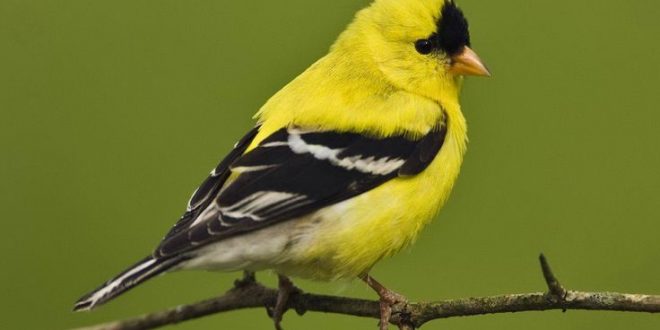One-third of North American bird species are “in crisis” and another half face serious trouble says the first analysis of all the birds in Canada, the United States and Mexico.
Environment and Climate Change Minister Catherine McKenna released the State of North America’s Birds report on behalf of the North American Bird Conservation Initiative. She presented the report at the Canadian Museum of Nature in Ottawa to an international audience of wildlife and conservation partners and stakeholders.
Released to coincide with the celebration of the 100th anniversary of the Migratory Birds Convention between Canada and the U.S., the report is based on the first‑ever conservation vulnerability assessment for 1154 native bird species that occur in Canada, the continental U.S. and Mexico. It is the result of a unique collaborative effort of scientists, governments, non‑governmental organizations, other partners and tens of thousands of citizen scientists in Canada, the U.S. and Mexico.
Although many species are faring well, the report’s watch list indicates that one third of North America’s bird species are of major conservation concern. It puts a special spotlight on the critical state of oceanic and tropical bird species—a strong signal for all our countries, because tropical birds live all year in the habitats that many of our migratory birds rely on during the winter. Coastal species as well as those in grassland and arid land habitats are also declining.
In healthy and abundant habitat, however, like temperate and boreal forests and tundra, birds are doing better. Investment in conservation programs like the North American Waterfowl Management Plan, a three‑country initiative to coordinate waterfowl protection efforts, is working. Waterfowl have rebounded from critically low levels in the 1970s thanks to habitat restoration and careful harvest management. There is hope of saving other declining populations if we can maintain these types of actions.
The report also highlights our progress in science by providing detailed long‑term data, and it will be used for a renewed continent‑wide commitment to saving migratory birds and their habitats. Healthy environments for birds also provide benefits to other wildlife and people, such as clean air and water, flood and erosion control, and coastal resilience.
Agencies/Canadajournal
 Canada Journal – News of the World Articles and videos to bring you the biggest Canadian news stories from across the country every day
Canada Journal – News of the World Articles and videos to bring you the biggest Canadian news stories from across the country every day



